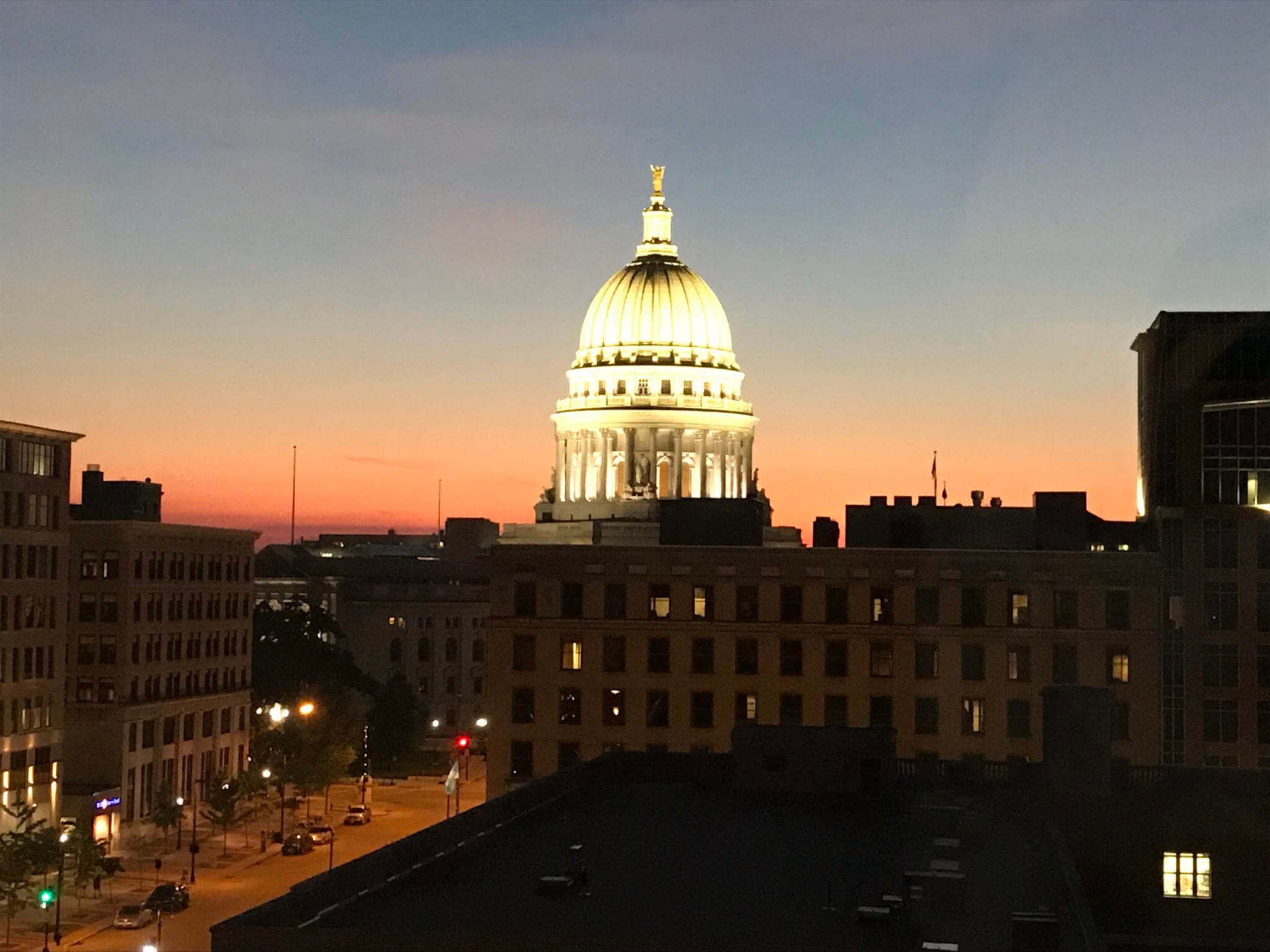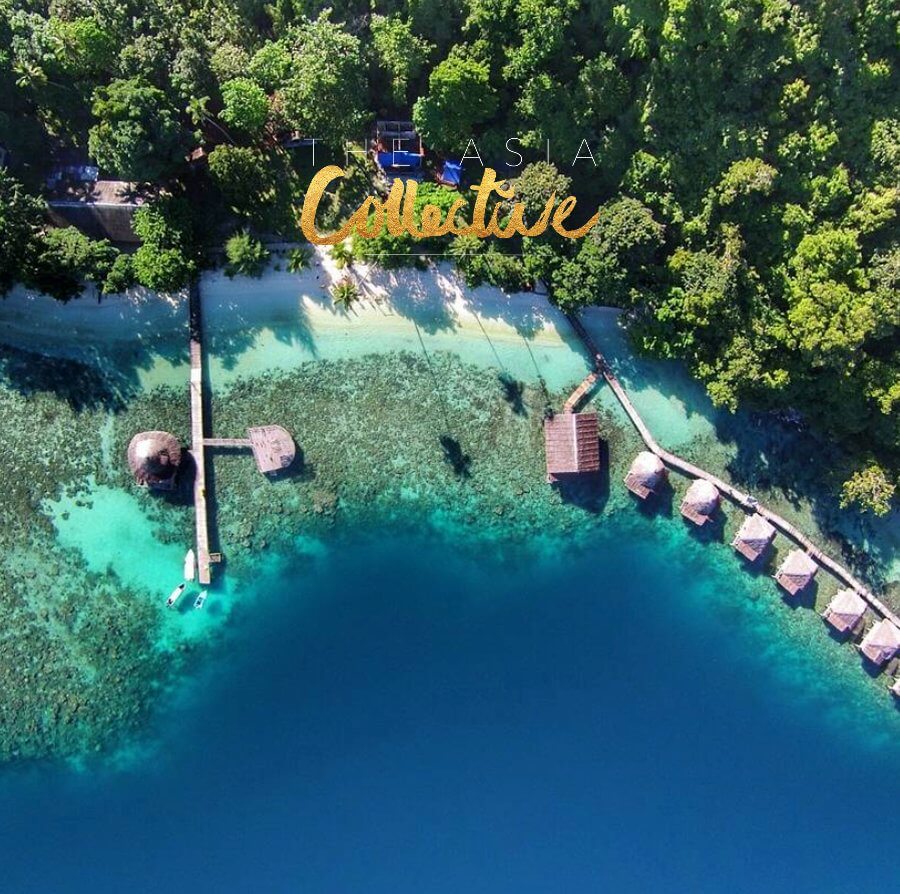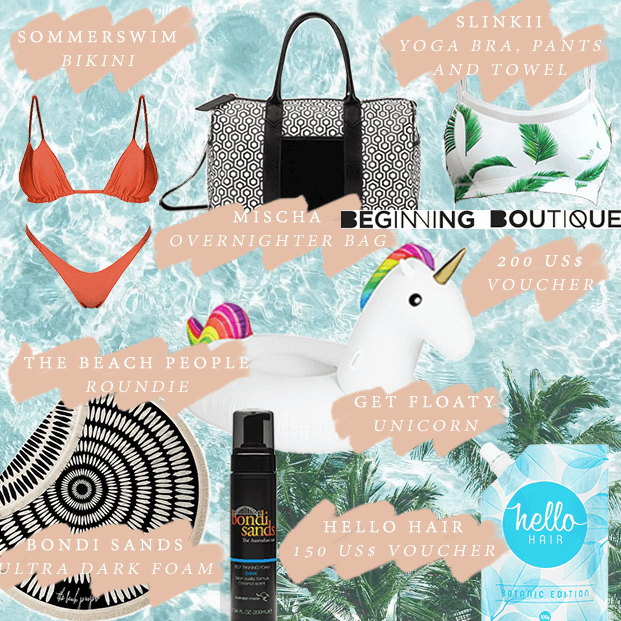Summary
A Simple Guide to Phone Photography
This technique is straightforward and requires no complicated skills. Anyone can implement these methods immediately. I typically carry multiple cameras for my travel photography. The camera I utilize for blog images differs from the one I use for video content, as they operate distinctly. Since neither camera is waterproof, I refrain from using them for underwater photography, opting instead for a dedicated device for that purpose.

However, for convenience, especially during spontaneous outings when I might forget my larger camera—an occurrence more common than one might think, both in London and abroad—I rely heavily on my iPhone.
In fact, if you review some previous blog posts, you will notice instances where my iPhone was the sole device I used for photography—examples include my journey to Croatia, a skiing experience in Zell am See, and a warm sunny day wandering around London. In summary, I utilize my iPhone frequently!

For anyone passionate about travel and photography, experimentation is key. By experimenting, one can create truly unique and remarkable images. To assist with this, I’ve discovered Pixter.

Pixter offers a range of snap-on lenses that transform your images in moments. These lenses are universally compatible with all smartphones—be it Apple, Android, or Windows—and do not require batteries or Bluetooth connections. Although I have only begun exploring these lenses, my initial experiences in capturing travel photos have been encouraging.
Benefits of Different Lenses
1.) The Detailed Macro Lens
Macro photography captivates audiences with its intricate details, and I have found that the macro lens significantly enhances the visual detail achievable with a smartphone.
(The effect of the macro lens is on the left, and the original photo without the effect is on the right)

2.) The Wide Angle Lens
Description of the wide-angle lens effects. This lens enhances the overall experience of photography, allowing for more context in images.
(The wide effect is on the left, and the original photo without the effect is on the right)

3.) The Zoom Telephoto Lens
Often, proximity to a subject is not feasible, especially in wildlife photography. The zoom lens allows you to capture distant subjects without compromising on quality.
(The zoom telephoto effect is on the left, and the original photo without the effect is on the right)

4.) The Fisheye Lens
While fisheye photography has never been my primary focus, it provides an excellent avenue for playful experimentation.
(The fisheye effect is on the left, and the original photo without the effect is on the right)

5.) The Non-Lens Option: Tripod and Remote
Utilizing a tripod and remote has transformed my photography experience, particularly when traveling with others for group pictures. The tripod is compact enough to fit in my camera bag without adding significant weight.
The tripod and remote provide greater flexibility in capturing photos. Once everyone is positioned, the remote allows us to take the photograph without disturbing the setup.
Conclusion
In summary, the lenses provided by Pixter offer exciting possibilities for enhancing phone photography. I am particularly fond of the Macro lens for its ability to capture intricate details, transforming ordinary subjects into extraordinary images. The wide-angle lens also holds a significant place in my toolkit as I refine my technique.





